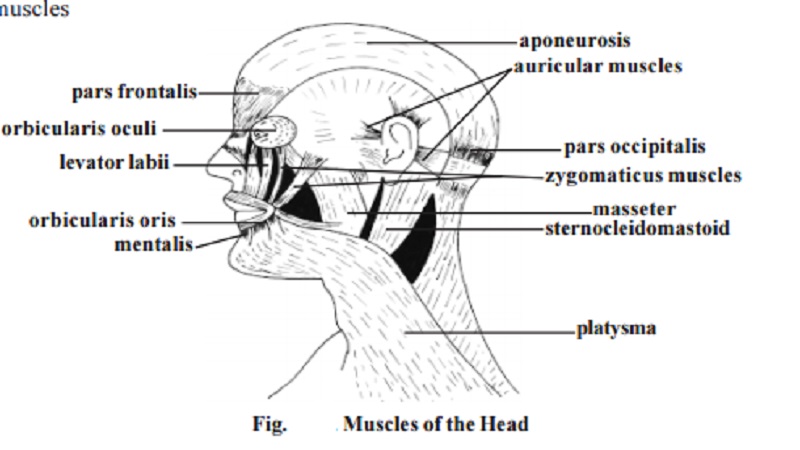Chapter: BIOLOGY (ZOOLOGY) Standard XI first year 11th text book Assignment topics question and answer Explanation Definition
Shapes of muscles and Naming of muscles - Human Muscular System

Shapes of muscles.
There is a wide variety of shapes and sizes in muscles. Based on general shape and the orientation or muscle fibres in relation to the direction of pull, they can be grouped into two classes.
1. Parallel : These muscle fibres are parallel to the line of pull. The muscles may be flat, short, quadrilateral or long and strap like. The individual fibres run the entire length of the muscle.
2. Oblique : These muscle fibres are oblique to the line of pull. The muscles may be triangular or pennate (feather-like). The pennate forms may be unipennate, bipennate, multipennate or circumpennate. Some muscles have a spiral or twisted arrangement.
Naming of muscles.
The muscles are named according to their size, shape, position and action.
Shape Size
deltoid - triangular major - large
quadratus - square minor - small
gracilis - slender longus - long
lattismus - broadest
Number of Heads Position
biceps - 2 heads triceps - 3 heads quandriceps - 4 heads
Depth
superficialis - superficial internus - internal, flexor profundus - deep
dorsi - of the back pectoralis - of the chest brachii - of the arm anterior, posterior.
Action
extensor constrictor Flexor
Human Muscular System
Locomotion and bodily movements are characteristic features of the animals. The movements are effected by various cell organelles such as cilia, flagella and organs like muscles. Muscular movements are more powerful and energetic. The skeletal muscles apart from their role in smarter movements, provide beautiful shapes to the body. The inner smooth muscles of the visceral organs make them work like machines all through the life period. The muscle cells function like small motors to produce the forces responsible for the move-ment of the arms, legs, heart and other part of the body. Thus the highly spe-cialized muscle tissues are responsible for the mechanical processes in the body.
Related Topics